Japanese cuisine is celebrated for its rich flavors, vibrant colors, and intricate presentations. At the heart of many traditional dishes lies a selection of unique paste ingredients that play a pivotal role in creating depth and complexity. Among these, fermented flavors stand out due to their versatile nature and varied profiles, which contribute to everything from soups to marinades. Understanding these complex ingredients is essential for anyone looking to appreciate or replicate authentic Japanese dishes.
Fermented Flavors: The Role of Soybean Pastes in Japanese Cuisine
Japanese cuisine is renowned for its depth of flavor, much of which comes from its unique use of fermented paste ingredients. These pastes are not only rich in taste but also steeped in cultural and culinary tradition, often forming the base of soups, marinades, and dipping sauces. One of the most commonly used varieties is a soybean-based paste known for its savory complexity and nutritional benefits. In particular, Miso is a staple in many Japanese households, offering a range of flavors that shift depending on fermentation length and added grains like rice or barley. Its versatility allows it to appear in everything from light broths to robust stews, adapting easily to both delicate and bold preparations.
Beyond it, other fermented pastes such as nattō and kinzanji bring distinct textures and flavors that highlight regional preferences and techniques. Together, these ingredients showcase how fermentation is not just a method of preservation but an art form that enhances the natural umami of the dish while contributing beneficial probiotics to the diet. Understanding the subtle differences among these pastes opens the door to a deeper appreciation of Japanese culinary balance and tradition.
The Role of Soy Sauce
Soy sauce is another foundational ingredient in Japanese cuisine, with its own unique flavor profile that complements various dishes. In terms of production, soy sauce is made through the fermentation of soybeans and wheat, yielding a liquid that is rich in umami. It can be classified into different types, such as light soy sauce, dark soy sauce, and tamari. Light soy sauce is used frequently in cooking and as a general seasoning, while dark soy sauce is thicker, richer, and often used for color in dishes. Using soy sauce in the right proportions is critical.
The balancing act between miso’s sweetness and soy sauce’s saltiness can create culinary harmony. When creating a marinade or dipping sauce, using soy sauce allows cooks to craft a unique flavor that cannot be achieved with one alone. This interplay is crucial in many traditional recipes, showcasing how these paste ingredients work together to enhance dishes rather than overpower them.
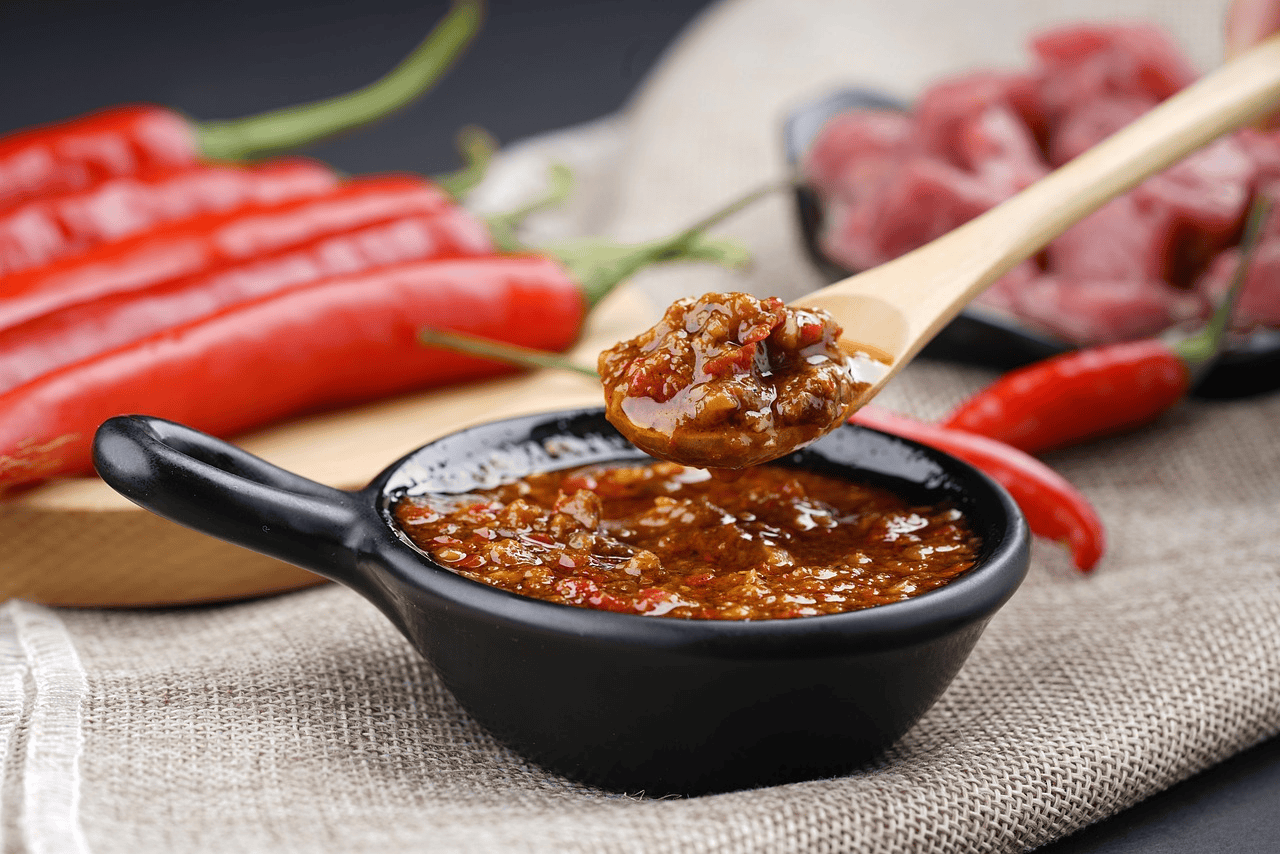
https://pixabay.com/photos/noodles-food-sauce-seasoning-3476121
The Versatility of Doubanjiang
Doubanjiang, a fermented chili bean paste, brings a different type of heat to the table. Originally from Sichuan cuisine, it has gained traction in Japanese cooking due to its robust flavor and heat. Often made from broad beans, soybeans, and spices, doubanjiang offers both heat and savory notes that elevate many dishes. It is particularly popular in stews and stir-fries, where its strong profile can shine through.
While the paste’s heat level varies by brand and preparation method, it is typically characterized by a rich, umami base combined with a distinct spicy kick. A small amount of doubanjiang can transform a bland dish into a culinary delight by layering flavors and adding depth. It is important to taste the paste before using it to understand its spice level, helping the cook find the right balance for their dish.
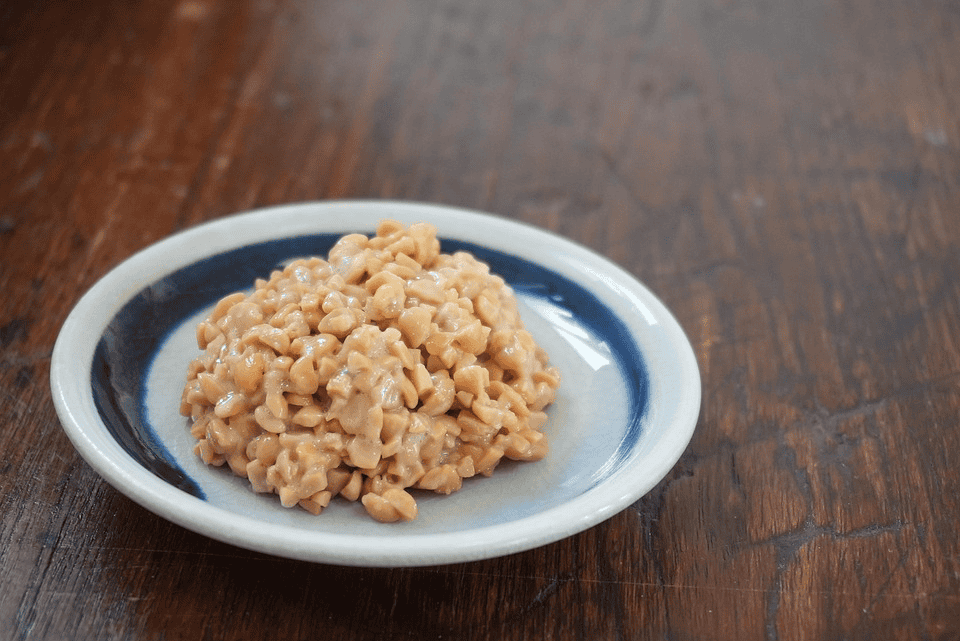
https://pixabay.com/photos/natto-foodstuff-cooking-food-6207663
Exploring Other Japanese Pastes
In addition to miso, soy sauce, and doubanjiang, various other pastes contribute to the complexity of Japanese flavors. Natto is a fermented soybean paste that has a distinct flavor and slimy texture, revered for its health benefits. It is often enjoyed at breakfast with rice. Another ingredient is the beloved sesame paste, or “nukazuke,” used in salads and sauces for richness and nuttiness.
Each of these pastes serves a unique purpose and has a distinct flavor profile. They can be combined or altered depending on personal taste and dietary restrictions, giving every cook infinite options to create and refine their dishes. This flexibility emphasizes the art of balance in flavoring, where even a small change can drastically alter the outcome.

https://pixabay.com/photos/garlic-sauce-mortar-aioli-1080110
Health Benefits of Fermented Pastes
The rising trend towards health-conscious eating has spotlighted the benefits of fermented foods, including many traditional Japanese pastes. Natto is an excellent source of probiotics, aiding digestive health and boosting the immune system. Furthermore, fermented foods often contain enzymes that help break down food, making nutrients more easily accessible to the body. This biological process is integral to Japanese dishes, which emphasize freshness and the natural flavors of ingredients.
The low-calorie count of these pastes allows diners to enjoy rich flavors without consuming excessive calories. This principle aligns perfectly with the Japanese culinary philosophy, focusing on food that nourishes both the body and spirit. As people continue to embrace healthier lifestyles, the integration of these fermented pastes offers an enriching culinary experience individualized to follow dietary needs.
Seasoning with Context
Understanding how to use paste ingredients in a broader context enhances culinary experiences. Knowing when to incorporate soy sauce in the cooking process can make or break a dish. For soups, adding miso at the end of cooking preserves its nutritional content and flavor profile. In contrast, soy sauce is typically added at the beginning to meld into the dish over time. Contextual knowledge about paste ingredients helps cooks create authentic flavors, honoring the traditions from which these dishes originate.
Experimentation also plays a role in seasonings. Japanese cuisine is known for its balance of flavor, texture, and presentation, which invites cooks to diversify their approach. By experimenting with different proportions and combinations of these pastes, chefs can create personal interpretations of classic dishes, bringing their own twist while remaining true to the roots of Japanese cooking.
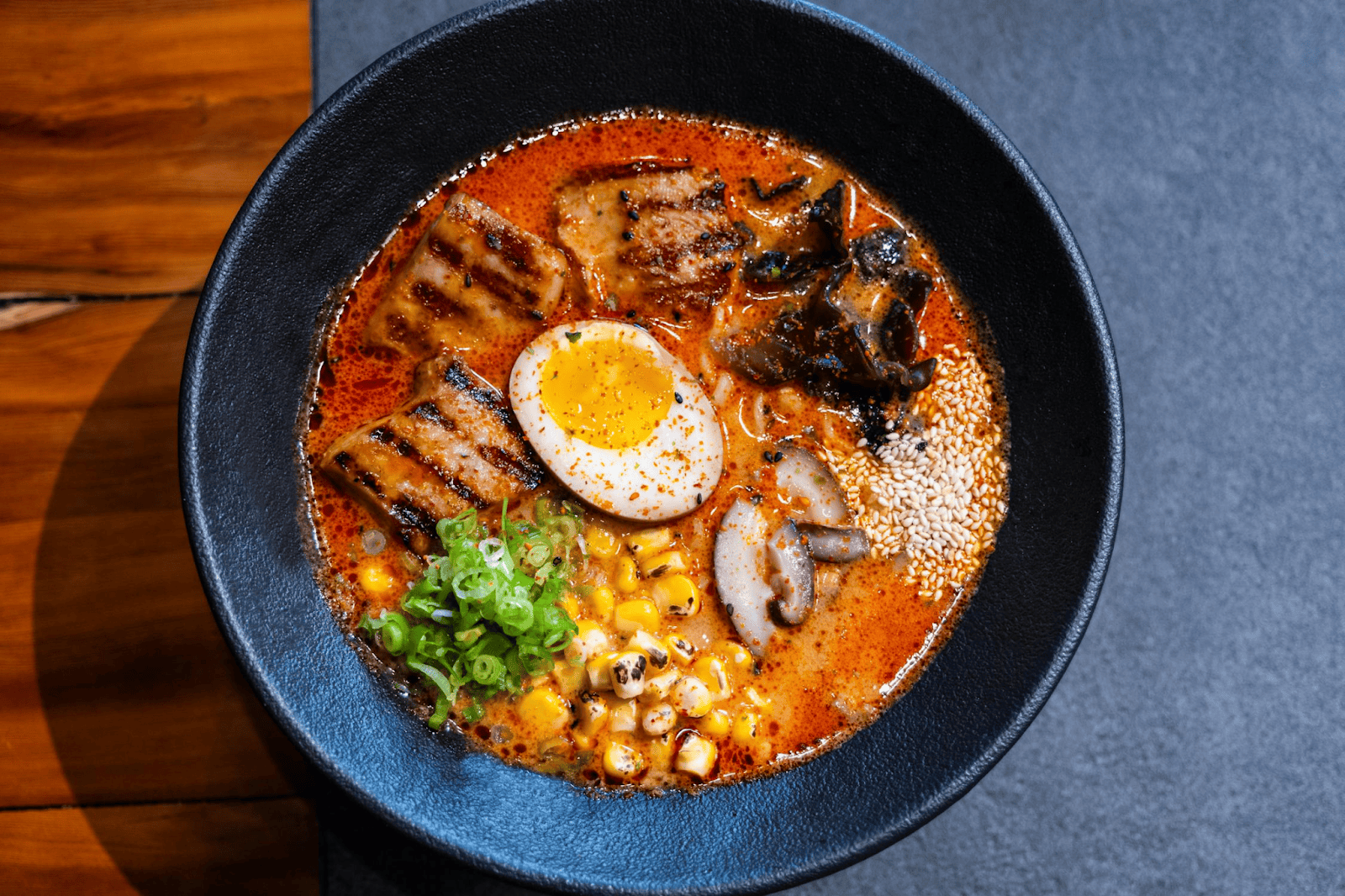
https://www.pexels.com/photo/delicious-spicy-ramen-bowl-with-grilled-chicken-31651635
Understanding the various complex tastes of Japanese paste ingredients opens a world of flavors in the kitchen. By appreciating these unique components, cooks can elevate their culinary skills and connect with a cultural tradition that values taste, health, and creativity.

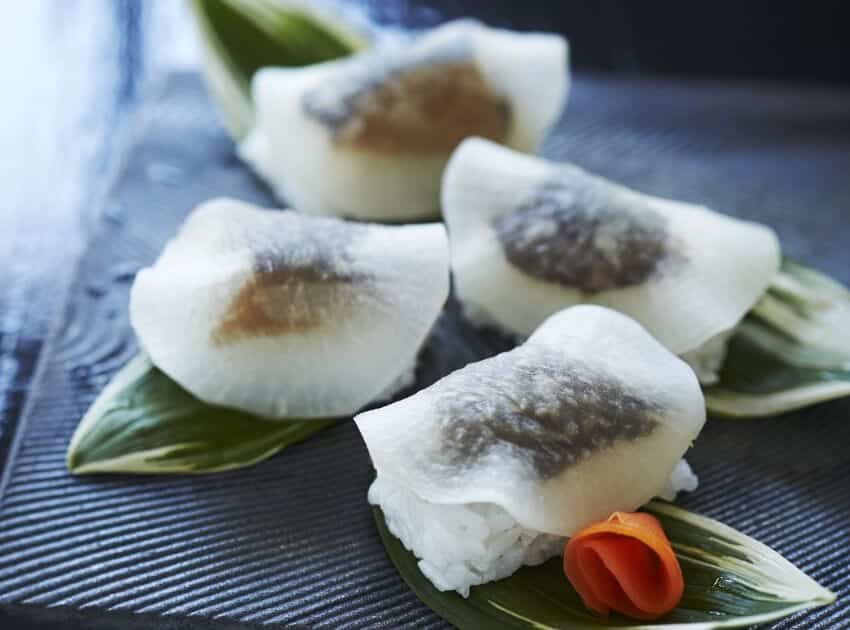
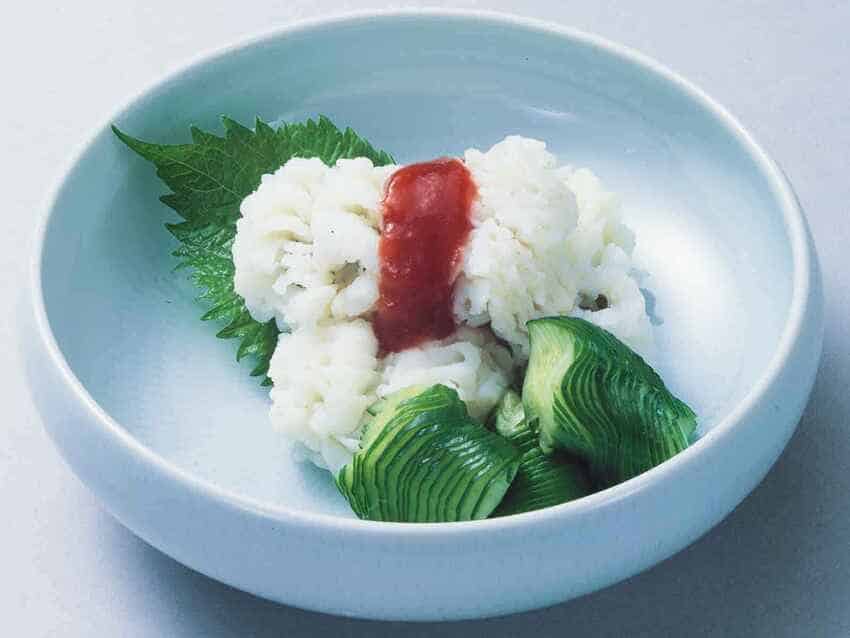
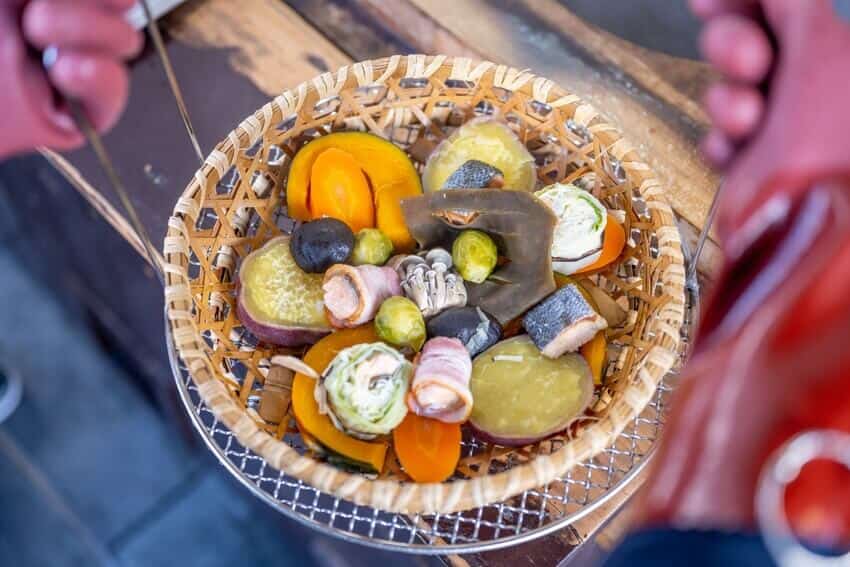




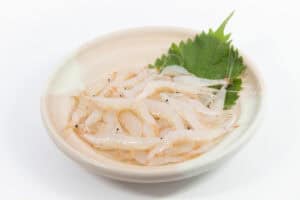



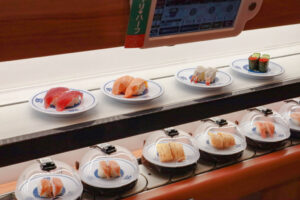


Comments